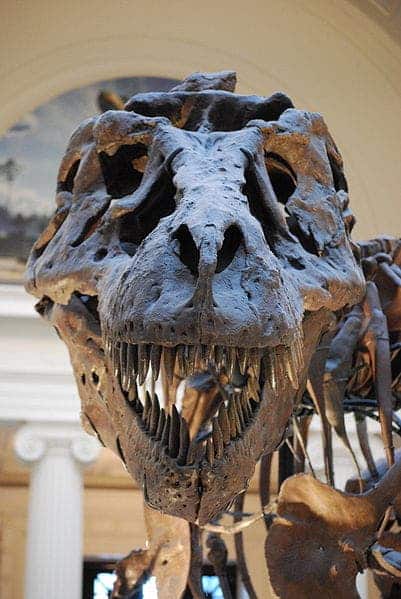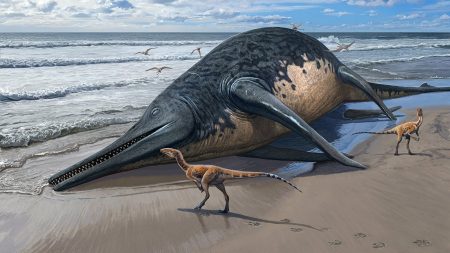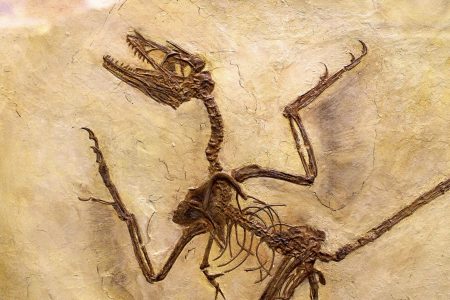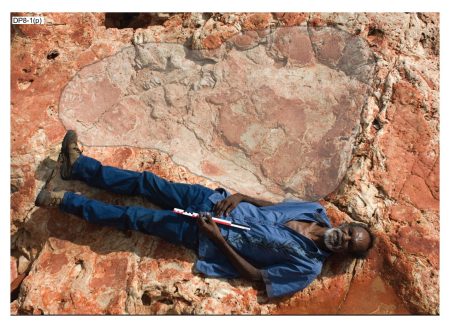T. Rex roamed through the lush forests of the Cretaceous, fearing no creature and hunting every creature it wanted. Every step would have made a thump, the ground trembling under its massive weight, sending shivers down the spines of even the most fearsome predators. The ultimate predator from millions of years ago, the T. Rex was a sight to behold.
But beyond its ferocious reputation, the T. Rex remains one of the most fascinating and mysterious creatures in the history of our planet, with hundreds of studies documenting its biology and behavior. In this article, we will delve into the world of this iconic dinosaur, exploring its behavior, anatomy, and place in the ancient ecosystem. Join us on a journey back in time, as we uncover the secrets of the legendary T. Rex.
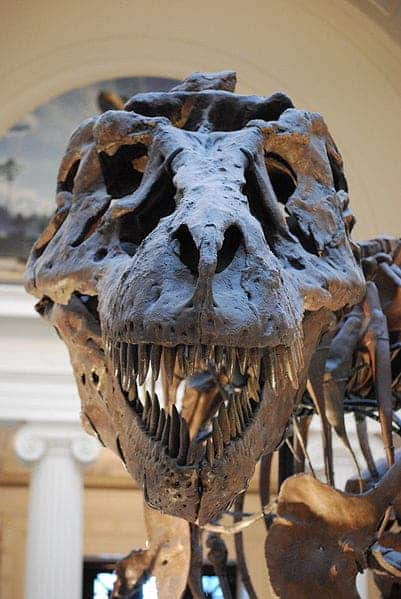
T. Rex (or Tyrannosaurus Rex as it is more formally known) is one of the most famous and fascinating dinosaurs to ever walk the face of the Earth. With a massive body, razor-sharp teeth, and jaws that could crush a car, the T. Rex dominated the forested valleys of western North America in the late Cretaceous, some 68 million years ago. The dinosaur probably gained much of its fame from movies rather than academic interest, though paleontologists are also very interested in the species.
The name, Tyrannosaurus means “tyrant lizard”, in Greek, and Rex means “king” in Latin – and for a good reason; the species managed to thrive while more and more competitors became extinct. However, not even the mighty T. Rex could escape the mass extinction that took place 65 million years ago.
Was T. Rex the largest predator?
T.Rex was indeed a predator, and not a scavenger, as suggested by some studies — although there’s still some debate regarding its potential scavenging habits. It’s likely that if it had a chance to scavenge something good, T. Rex wouldn’t have said ‘no’.
But deep down, it was a hunter.
Everything in Tyrannosaurus Rex is designed specifically for one thing: killing. Its huge head was balanced by a massive tail, and it featured a 1.2-meter jaw that could bite up to 230 kilograms in one bite – that’s about three average men.
However, while T. Rex would have likely been the largest predator in its ecosystem, it wasn’t the biggest carnivore ever. As a matter of fact, he wasn’t even the biggest land predator ever, that honor going to Spinosaurus. The Spinosaurus and the T. Rex wouldn’t have met: the former lived 93.5-99 million years ago, the latter some 30 million years later.

T. Rex arms
In addition to its fierce features, the T. Rex also had small, seemingly useless arms. Why would such a fierce predator have such a weakness?
Well, researchers aren’t entirely sure, but there are several hypotheses. For starters, it could be that the arms weren’t very useful in the first place (and would have been a hindrance when running perhaps), so they were carved by natural selection. Another proposed explanation is that they eliminated a weakness — big arms are a target for other T. Rex and could be a vulnerability. There’s even a hypothesis that despite being small, the T. Rex arms were actually powerful and useful for slashing. For now, the jury is still out.
How big is T. Rex?
T. Rex was big. An average T. Rex was about 12.5 meters (42 feet) long, 5 meters (16 feet) tall, and weighed 6.8 tons. So it was big, tall and massive.
More than 30 specimens have been found, some of which are full skeletons, and even have preserved proteins. The teeth are particularly interesting too: they were different in size and shape, with some teeth having a cone form (used for piercing flesh and dealing as much damage as possible), while others were more like “lethal bananas” rather than daggers. The longest T. Rex tooth ever to be found measured 30 centimeters, making it the largest tooth in any carnivorous dinosaur ever to be found.
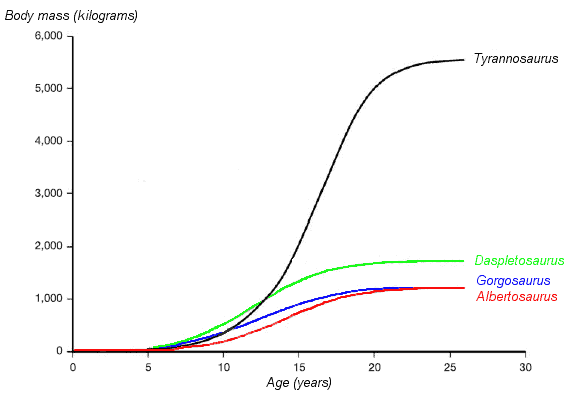
But the size of the T. Rex is still intriguing because, unlike most dinosaurs, T. Rex had an unusual growth curve, increasing dramatically in weight after the age of 14. It wasn’t a fast grower, but when it started growing, it grew and grew.
Its head also had quite an unusual size. The head had a distinctive S-shape specific to tyrannosaurs and other related dinosaurs, but it was absolutely massive: 1.5 meters long.
The back legs of Tyrannosaurus Rex are extremely powerful, allowing it to carry massive weights, and run very fast on short distances. The only apparent weakness was its forearms, which are not even long enough to reach its mouth, but they probably could have been used for grabbing prey… or at least pieces of it. It was suggested at some point that T. Rex was covered with feathers or at least some protofeathers, but this theory was proven inaccurate.
The tail also played a key role. T. Rex was historically described as a ‘living tripod’, with the body being at approximately 45 degrees from the vertical, walking on two legs and dragging the tail around, but modern representations show it with its body approximately parallel to the ground and tail extended behind the body to balance the head, which paleontologists believe to be much closer to reality.
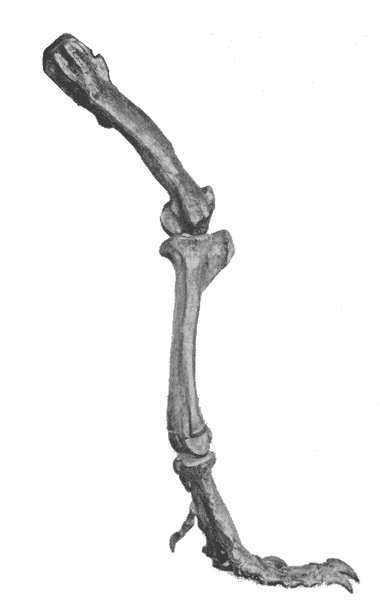
How much did T. rex weigh?
Like birds (to which it is closely related), the T. Rex had hollow bones. But despite this, T. rex would have weighed between 5,000 and 7,000 kilograms (11,000 to 15,500 pounds) — about as much as the largest African elephant. For comparison, the world’s largest living reptile weighs 400–1,000 kg.
Was T. Rex the biggest dinosaur?
It’s not the biggest predator, and it’s not even close to being the biggest dinosaur. The biggest dinosaurs of all were titanosaurs, which grew up to 25 to 30.5 meters long (82 to 100 feet) and weighed 60 to 75 metric tons (about 66 to 83 tons).
All in all, despite not being the biggest, T. Rex was definitely one of the baddest dinosaurs around, and it definitely deserves the tyrant lizard king title. Hopefully, the media will not disrupt its image from now on, especially because there are still so many things we have yet to understand about this magnificent dinosaur.
What T. Rex sounds like
When you see T. Rex in the movies, it seems to always have its mouth open, roaring fiercely as it hunts its prey. But the reality may be different — though no less interesting.
Dinosaurs like T. Rex were closely related to birds, so their vocalizations wouldn’t have sounded like roars at all. Instead of producing open-mouth vocalizations, dinosaurs more likely produced closed-mouth vocalizations, something similar to low-pitched swooshing or growling.
How fast a T. Rex could run
We can’t really see a T. Rex running and measuring its speed, but researchers have reconstructed its skeletal and muscle systems and compared it with existing animals, producing assessments for how fast the dinosaur moved about.
However, this also isn’t settled. Some studies suggested that T. Rex could have run at a top speed of 30 miles per hour (comparable, but a bit higher to humans). The same study suggests a walking speed between 4.5 and 6.7 miles per hour. However, other studies that also consider bone density suggested a much slower running speed of 12 mph. So depending on who you ask, you may have had a reasonable chance of escaping a T. Rex by running.
Can T. Rex swim?
This one’s surprising. While T. Rex wouldn’t have been extremely agile in water and almost definitely didn’t dive, the evidence suggests that it could have actually swam.
So if you can’t outrun a T. Rex, maybe trying out outswimming it wouldn’t be the wisest thing — but it’s worth a try.
Was T. Rex feathered?
Hopefully, by now, it’s clear that dinosaurs didn’t necessarily look the way they did in Jurassic Park. The velociraptors, which play a prominent role in the movies, were feathered. But was T. Rex the same?
Paleontologists suspect that feathers were useful for dinosaurs because they kept them warm. Adult T. Rex may have not needed feathers, but the juveniles may have actively benefited from feathers that can keep them warm.
T. Rex mysteries
Tyrannosaurus Rex continues to captivate our imagination. It was a symbol of raw power and predation, but also a complex and multifaceted creature that once ruled the prehistoric world. Despite the many studies and discoveries, there remain mysteries about its biology, behavior, and evolution. As technology advances and more fossils are uncovered, the image of T. Rex continues to evolve, revealing nuances that challenge our preconceived notions.
What we do know is that the T. Rex was an intricate part of an ecosystem that thrived millions of years ago, playing an important role for biodiversity. Its legacy endures not just in the scientific community but in popular culture as well, a testament to its enduring fascination.
As we continue to explore our planet’s ancient history, the T. Rex stands as a reminder of the incredible diversity and adaptability of life on Earth. Its roar may have been silenced by the sands of time, but the echoes of its existence still resonate in our quest to understand the world that once was. Whether through the lens of a scientist or the eyes of a child staring in wonder at a museum skeleton, the T. Rex is and always will be the true “tyrant lizard king.”
T. Rex FAQ
A: “Tyrannosaurus” means “tyrant lizard” in Greek, and “Rex” means “king” in Latin. Together, the name symbolizes the T. Rex’s dominance as a fearsome predator.
A: T. Rex lived in the forested valleys of what is today North America during the late Cretaceous period, around 68 million years ago.
A: While there is some debate, evidence supports that T. Rex was primarily a predator, designed for killing. It may have scavenged when the opportunity presented itself.
A: An average T. Rex was about 12.5 meters (42 feet) long, 5 meters (16 feet) tall, and weighed 6.8 tons.
A: No, T. Rex wasn’t the largest carnivore or even the largest land predator. That honor goes to Spinosaurus.
A: Scientists are not entirely sure why T. Rex had such small arms. Various hypotheses include natural selection carving them down, the elimination of a vulnerability, or that they were actually powerful and useful for slashing.
A: While adult T. Rex may not have needed feathers, there is some evidence that juveniles may have had feathers to keep them warm.
A: Estimates vary, with some studies suggesting a top speed of 30 miles per hour and others suggesting a slower speed of 12 mph.
A: Yes, evidence suggests that T. Rex could have swum, though it probably wasn’t very agile in the water.
A: While often depicted as roaring in movies, T. Rex likely produced closed-mouth vocalizations, possibly similar to low-pitched swooshing or growling.
A: T. Rex, like many other dinosaurs, was likely wiped out in the mass extinction event that occurred 65 million years ago, due to a large asteroid impact.
A: The longest T. Rex tooth ever found measured 30 centimeters, making it the largest tooth in any carnivorous dinosaur ever discovered.
A: Yes, several museums around the world have T. Rex skeletons on display. Some of the most famous specimens can be found in the American Museum of Natural History, the Field Museum of Natural History, and the Smithsonian’s National Museum of Natural History.
A: While “Jurassic Park” brought T. Rex to the popular imagination, some aspects of its portrayal, such as its vocalizations and appearance, may not have been entirely accurate according to current scientific understanding.





